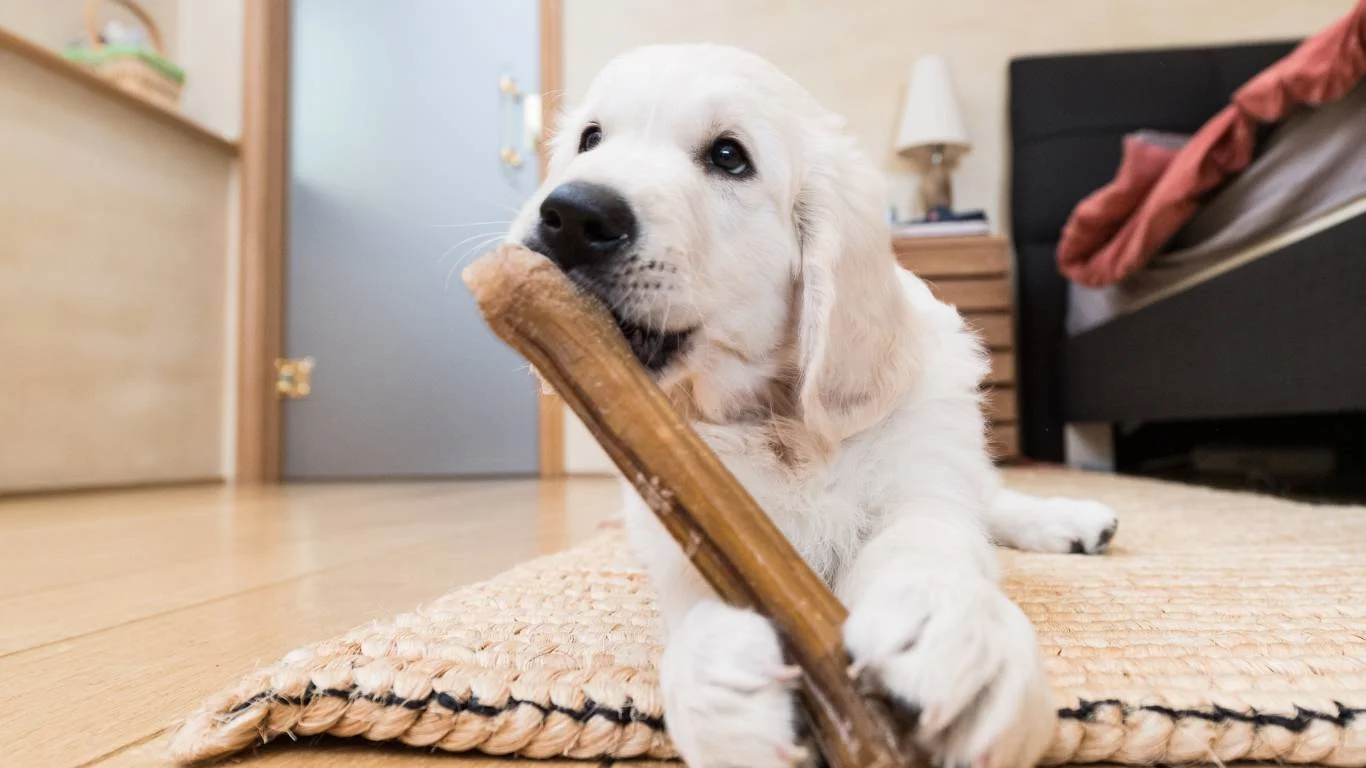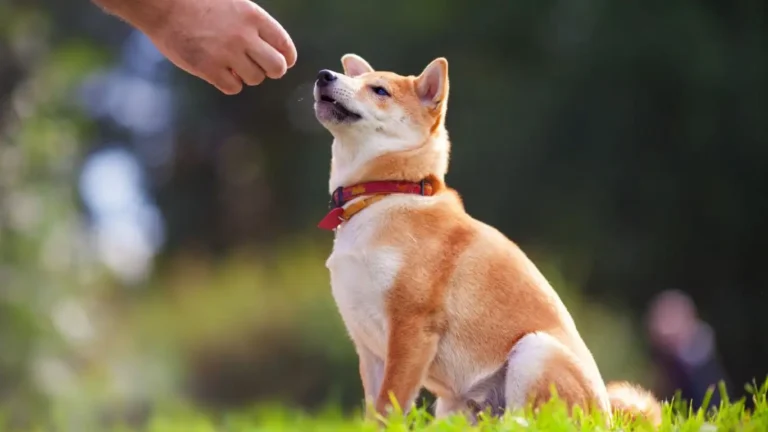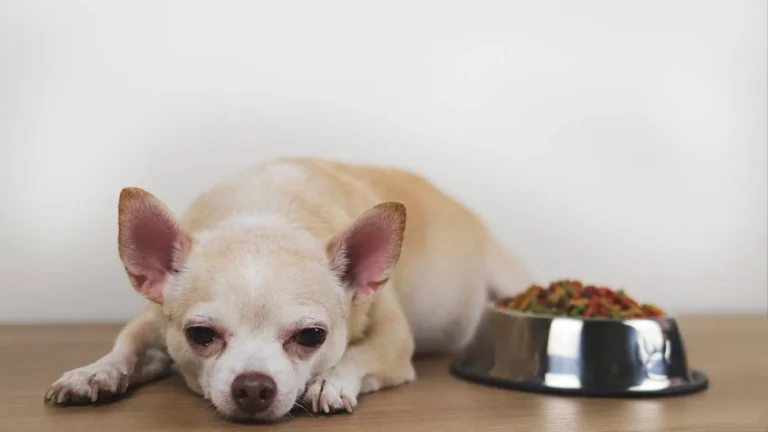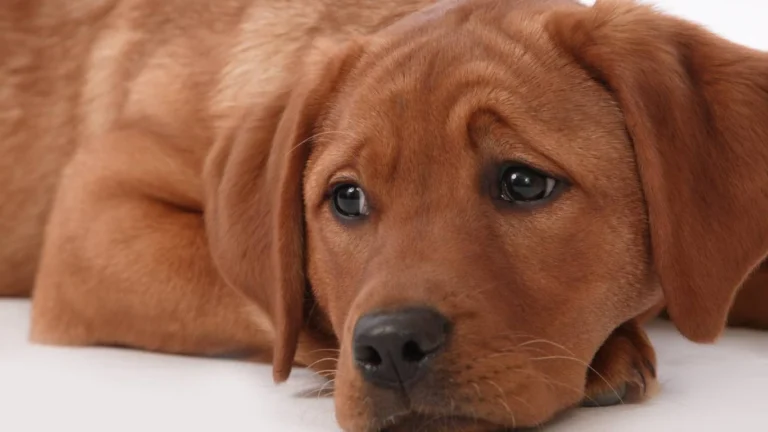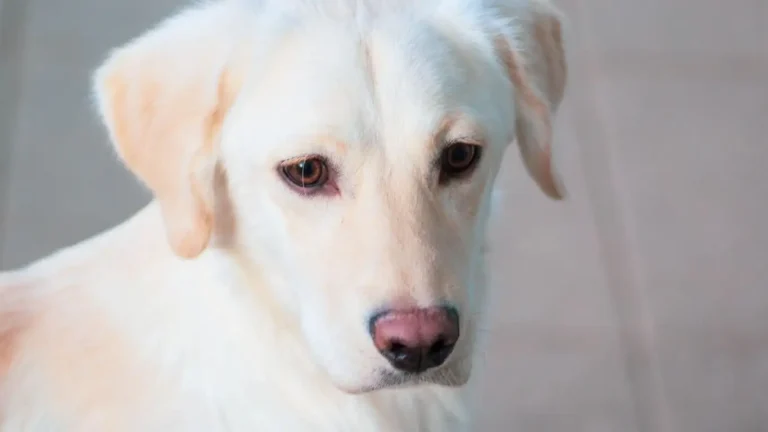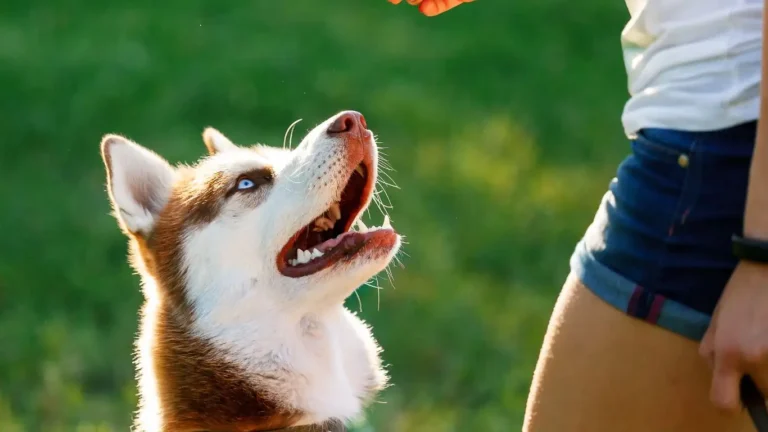How to Help a Dog Cope with a New Puppy: Proven Tips That Work
Bringing home a new puppy is exciting, but if you’ve already got an older dog in the house, things can get… interesting. As someone who’s worked as a Veterinary Assistant with a special focus on nutrition, I’ve had a front-row seat to the drama, the jealousy, the accidental territory wars—and yep, even some serious sulking. So if you’re wondering how to help a dog cope with a new puppy at home, I’ve got you covered with tried-and-true advice (backed by experience, not just theory). Let’s make sure both your resident pup and your new bundle of zoomies can adjust smoothly and maybe even become best buds.
Why Your Older Dog Might Not Be Jumping for Joy
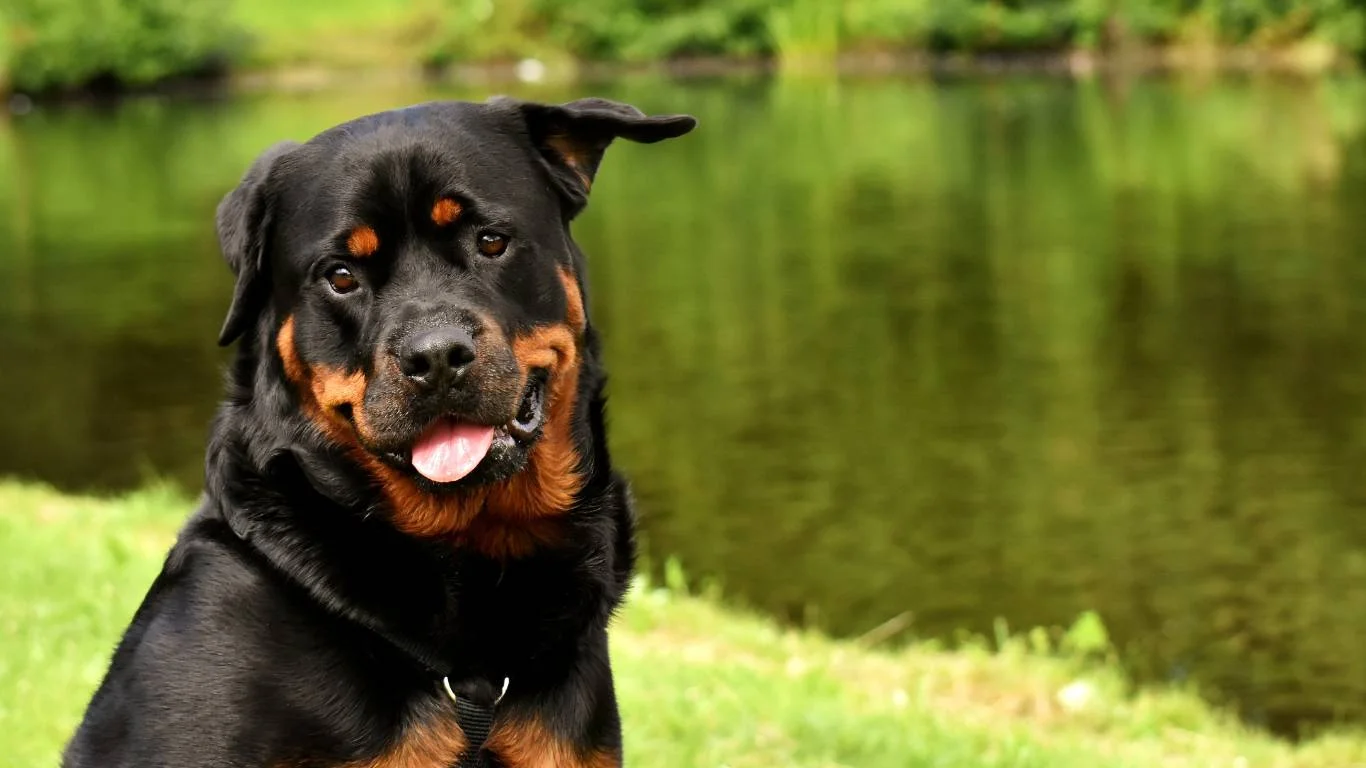
First off, let’s talk about expectations. You’re bringing home a puppy, thinking your older dog will embrace the role of wise mentor or instant playmate. But more often than not? You’ll get side-eyes, some growls, or that classic “What fresh chaos is this?” stare.
Dogs are creatures of habit. Your older pup has probably had a solid routine, a favorite nap spot, and your undivided attention. So when a bouncy, nippy furball shows up and starts chewing toys that don’t belong to them, your older dog might feel confused, overwhelmed, or downright resentful.
In my time working in vet clinics, I’ve seen a surprising number of pet parents worry that their older dog is “broken” after introducing a puppy. Not true! It’s just a huge shift, and they need your help to adjust.
Common Reactions from Older Dogs
- Withdrawal: Some dogs will distance themselves from the puppy—and from you. They may stop engaging or spend more time in their crate or favorite hiding spot.
- Resource guarding: They might start protecting toys, food, or even you. This can be subtle at first, like stiffening when the puppy approaches.
- Regression: Yep, I’ve seen fully housetrained adult dogs start having accidents or barking more than usual. It’s stress-related, not spiteful.
All of this is normal. Your job is to reassure your dog that they haven’t lost their place in the family—and that the new puppy isn’t a threat, just a (very energetic) addition.
Creating a Safe Space for Your Older Dog
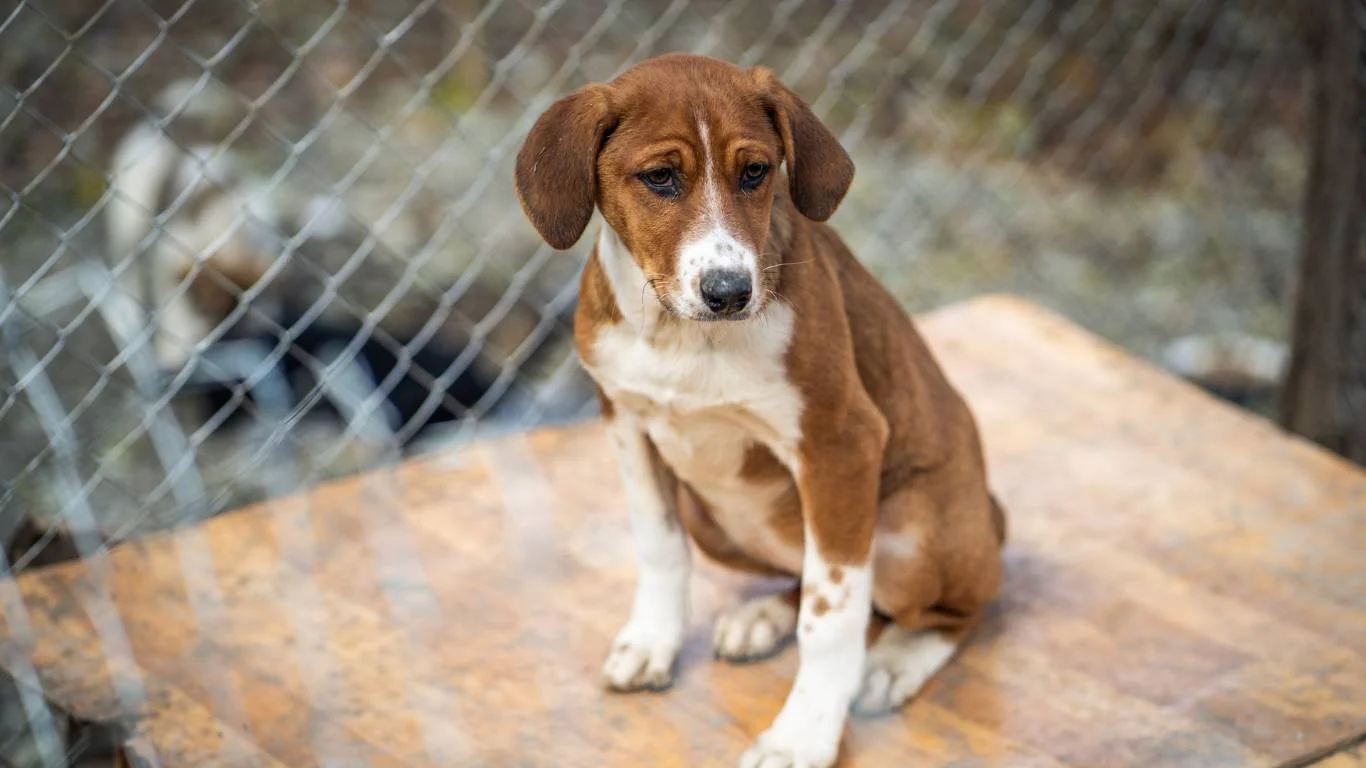
This is a must-do first step. Before the puppy even sets a paw in the house, make sure your older dog has a designated space where they can retreat and relax. Think of it like their personal sanctuary. No puppy allowed.
Things to Include in Their Safe Zone:
- Comfy bedding – something familiar that smells like them.
- Chew toys or puzzles – engaging, non-sharable items that are calming.
- Water and access – make sure they don’t have to “ask” to go there.
From my own experience, I’ve seen dogs respond so much better when they know they’ve still got their own turf. One older Labrador I worked with practically smiled once his owner set up a baby gate to block off the living room—no puppies allowed. He finally had peace again.
How to Help a Dog Cope with a New Puppy at Home Through Routine and Fairness
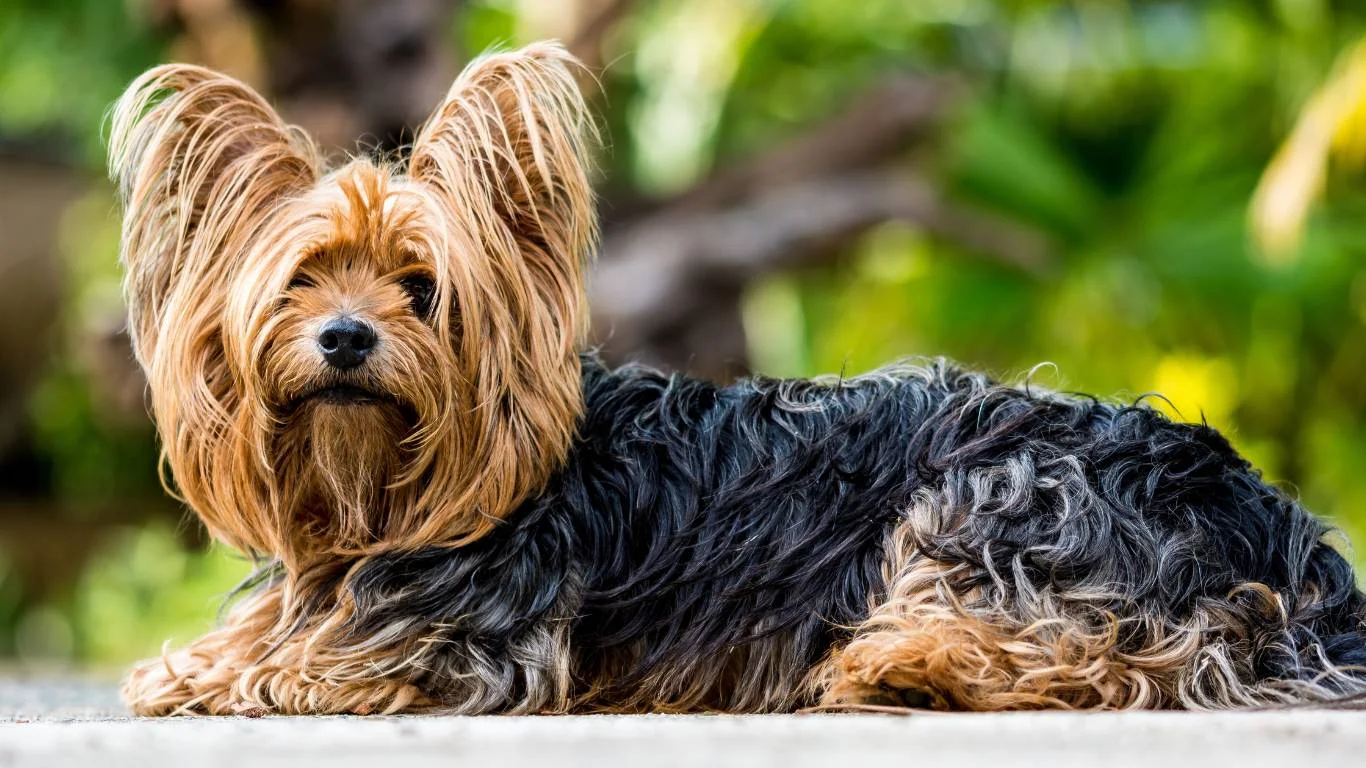
Dogs thrive on structure. They want to know what’s happening next. When a new puppy comes in and disrupts that flow, it can really mess with their head. One of the best ways to smooth the transition is by keeping your older dog’s routine as intact as possible.
Daily Routine Tips That Actually Work
- Keep meal times the same – Feed your older dog first to reinforce their role.
- Maintain walk schedules – Even if the puppy can’t join yet, don’t skip your dog’s walks. It’s bonding time.
- Set solo time with your older dog – Cuddles, play, or just hanging out without the puppy buzzing around.
I remember one case in the clinic where a senior pug named Daisy became super anxious when her human started skipping their morning snuggle time to chase after the puppy’s potty accidents. Once they re-prioritized that special quiet moment—even if it was just ten minutes on the couch—Daisy calmed down dramatically.
Fair Doesn’t Mean Equal
This is a big one. It’s okay if the puppy gets more attention at first because, let’s be real, they’re a handful. But balance it out. Make sure your older dog still feels seen. Use treats, praise, and one-on-one time to keep that bond strong.
Over time, this consistency helps your older dog feel safe—and when dogs feel safe, they’re way more likely to tolerate (or even enjoy) the chaos a new puppy brings.
Managing Playtime Without Meltdowns
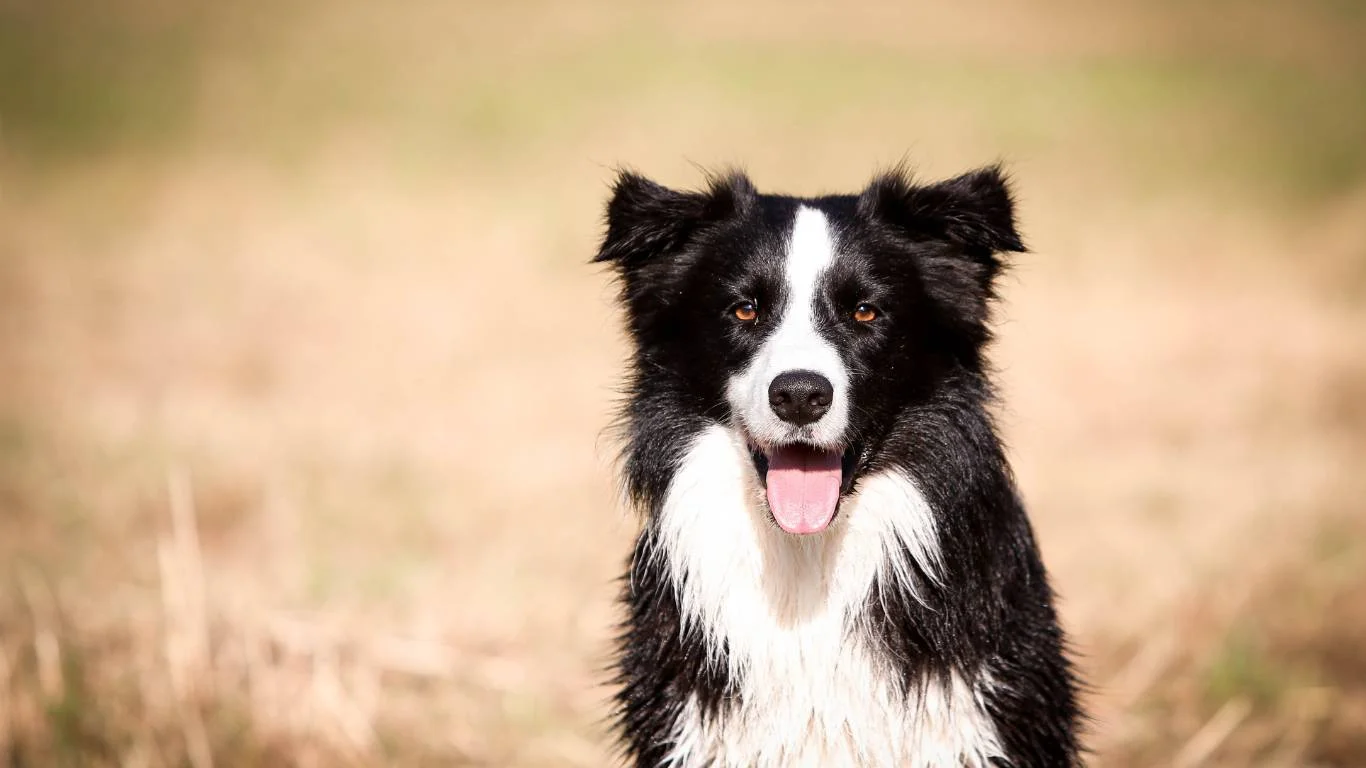
Alright, so you’ve got the safe zone established and the routine under control—now comes the wild card: playtime. This is usually where things can go south quickly if you’re not proactive. Puppies are like toddlers on espresso, and your older dog might not have signed up for that level of chaos.
I once worked with a sweet older golden retriever named Max who was so patient… until his new sibling, a hyper border collie pup, started launching sneak attacks during nap time. Max’s tail wag turned into a low grumble real quick. The solution? Structured playtime, not a free-for-all.
Playtime Ground Rules That Actually Work
- Supervise early interactions – Always be present to read the room and intervene if things escalate.
- Interrupt rough behavior – If the puppy gets too mouthy or jumpy, gently remove them and redirect with a toy.
- Use a timer – Short, frequent play sessions work better than one long chaotic mess. Ten minutes here and there does wonders.
It’s about reading your older dog’s energy. If they’re wagging and engaged—great! But if they’re stiffening, turning away, or giving warning signs (growling, yawning, lip licking), that’s your cue to give them a break.
Feeding Time: Avoiding Food Fights and Jealousy

If you want to see food aggression or jealousy rear its head, mess up mealtime. This is an area where I’ve seen even the chillest dogs snap when a puppy bounces too close to their bowl.
When I was in the clinic, I remember a pair of huskies—one adult and one brand-new pup. The owner thought it would be cute for them to eat side by side. The pup tried to eat from both bowls. Cue the snarling. Thankfully, no one got hurt, but it could’ve been avoided with a little space and structure.
Feeding Tips to Keep the Peace
- Separate bowls – Always use individual dishes, ideally in different rooms or at least spaced apart.
- Feed your older dog first – This helps reinforce their status and can reduce tension.
- Pick up bowls after meals – Don’t leave food lying around to tempt the puppy or trigger guarding behavior.
Also, keep an eye on treats! Puppies tend to hover and beg. I always recommend using treats strategically—give your older dog theirs in a quiet moment, away from the chaos, and offer your pup a separate reward later.
Training Moments That Benefit Both Dogs
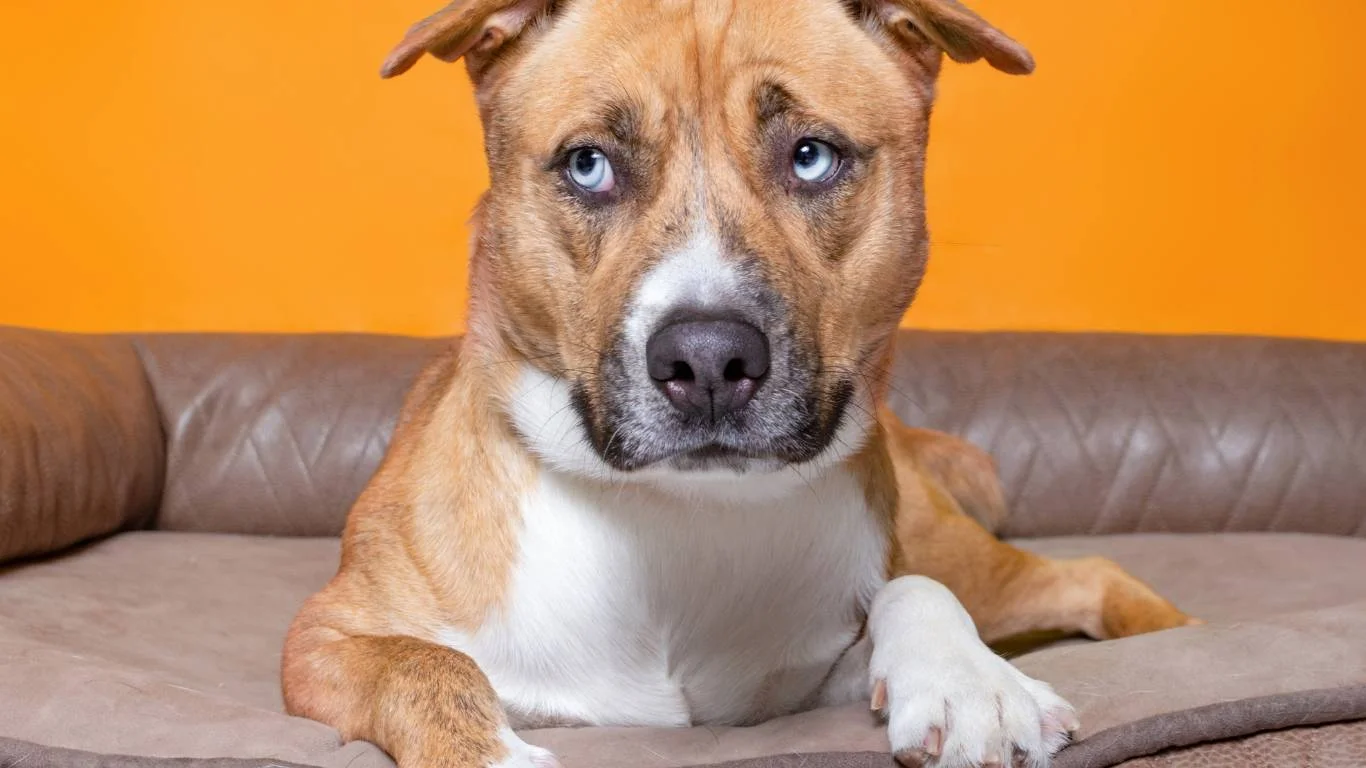
This is one of my favorite parts of the adjustment process. When done right, training isn’t just for the new pup—it can actually strengthen your older dog’s confidence and help with bonding. Plus, they love being “involved” in the process.
Back when I was assisting in behavior consultations, I had a family come in with a senior pit bull and a brand new terrier mix puppy. They were doing separate training sessions, and the older dog was showing signs of frustration. We suggested they try joint sessions with basic cues and shared rewards. It changed the entire dynamic. The older dog lit up with enthusiasm, and the puppy followed their lead like a mini shadow.
Ways to Make Training a Team Effort
- Teach together – Use simple cues like “sit,” “stay,” or “touch” with both dogs at the same time.
- Let your older dog model behaviors – Puppies learn fast by watching. Let the older dog shine!
- Reward individually – Make sure each dog gets their own treat and praise for a job well done.
Training this way gives your older dog a purpose and reminds them that they’re still a key player in your life. And honestly, nothing beats that proud tail wag when they realize they’re still the star of the show.
What to Do When Tension Doesn’t Go Away

Look, sometimes even when you’re doing everything “right,” your older dog just doesn’t warm up to the puppy. And that’s okay. Not every dog becomes an instant mentor or snuggle buddy. Some just need more time—or different boundaries.
If weeks go by and your dog is still displaying signs of stress—like constant growling, avoiding everyone, losing appetite, or regressing in training—it might be time to bring in some extra help. I’ve worked with behaviorists and trainers who specialize in multi-dog homes, and the right guidance can make all the difference.
Signs You May Need Professional Help
- Escalating aggression – Not just growls, but lunges or snaps that break skin.
- Constant tension – Your dog can’t relax, even when the puppy isn’t around.
- Behavior changes – Depression, anxiety, or destructive behavior you’ve never seen before.
There’s no shame in needing help. Sometimes your older dog is trying to say something deeper than “I don’t like this.” In those cases, involving a certified behaviorist can turn things around in ways you might not expect. Plus, you’re investing in your whole household’s peace—and trust me, it’s worth it.
Helping Your Older Dog Bond with the New Puppy—Gently and Authentically
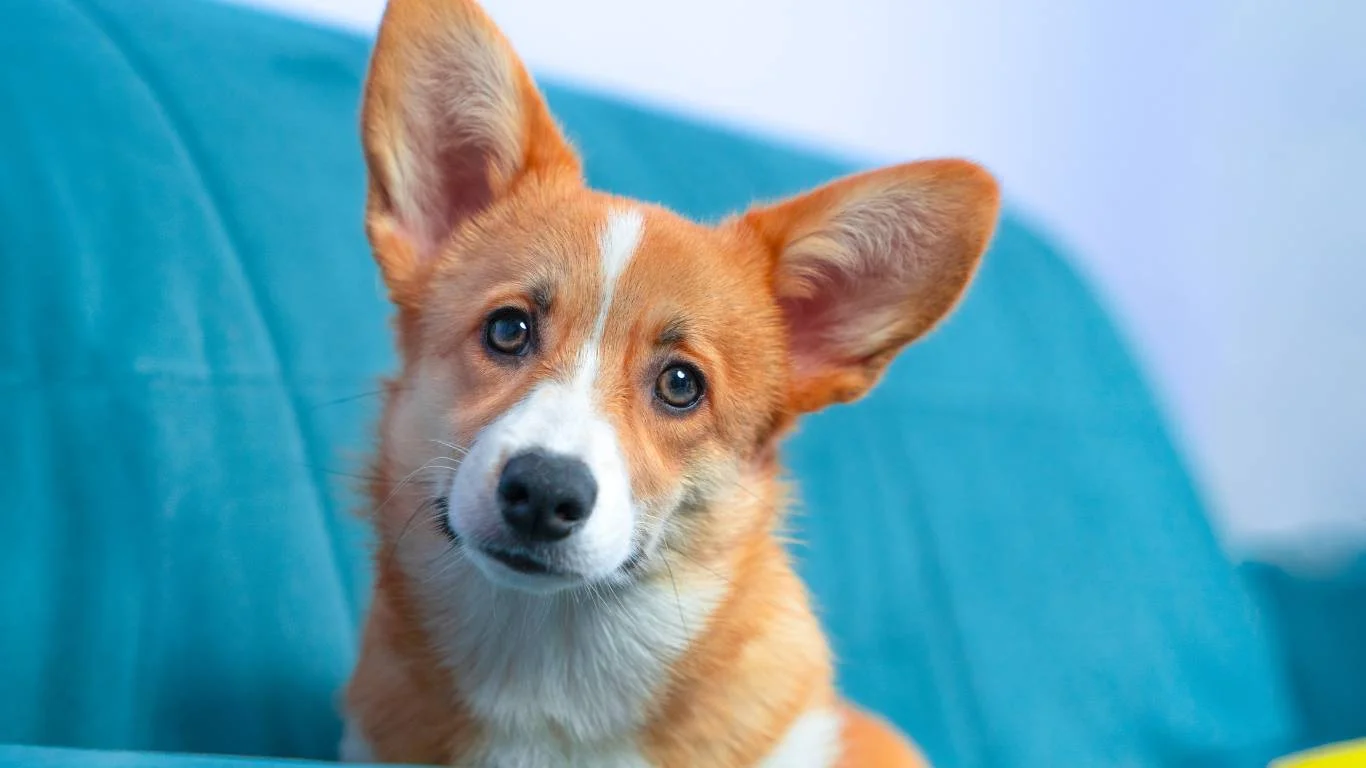
So now that we’ve covered the routines, training, and managing tension, let’s talk about the magic moment every dog parent dreams of: the bond. And yes—it can totally happen, even if your older dog is currently pretending the puppy doesn’t exist.
In my experience as a vet assistant, I’ve seen some truly heartwarming transformations. One case still gives me goosebumps—a grumpy old bulldog named Rufus who wanted nothing to do with the squirmy beagle pup his family brought home. For weeks, Rufus gave the cold shoulder. But one day, that pup let out a scared little yelp after falling off the couch, and Rufus rushed over, nuzzled her, and stayed by her side all day. The bond didn’t happen overnight—but when it clicked, it was unbreakable.
Encouraging Positive Interactions Naturally
- Go on walks together – Shared adventures can help them develop trust and comfort, side-by-side, without direct confrontation.
- Use scent swapping – Let them sleep on each other’s blankets or share toys with supervised access. Dogs “know” each other through scent long before they’re buddies.
- Positive association only – Treats, praise, and calm energy during their interactions. Never scold one dog in front of the other—especially not the older one.
And remember, bonding doesn’t have to look like cuddling or wrestling. For some dogs, it’s simply choosing to nap in the same room, walking without pulling away, or peacefully coexisting. That’s a win in itself.
When You Need to Intervene (and When You Don’t)
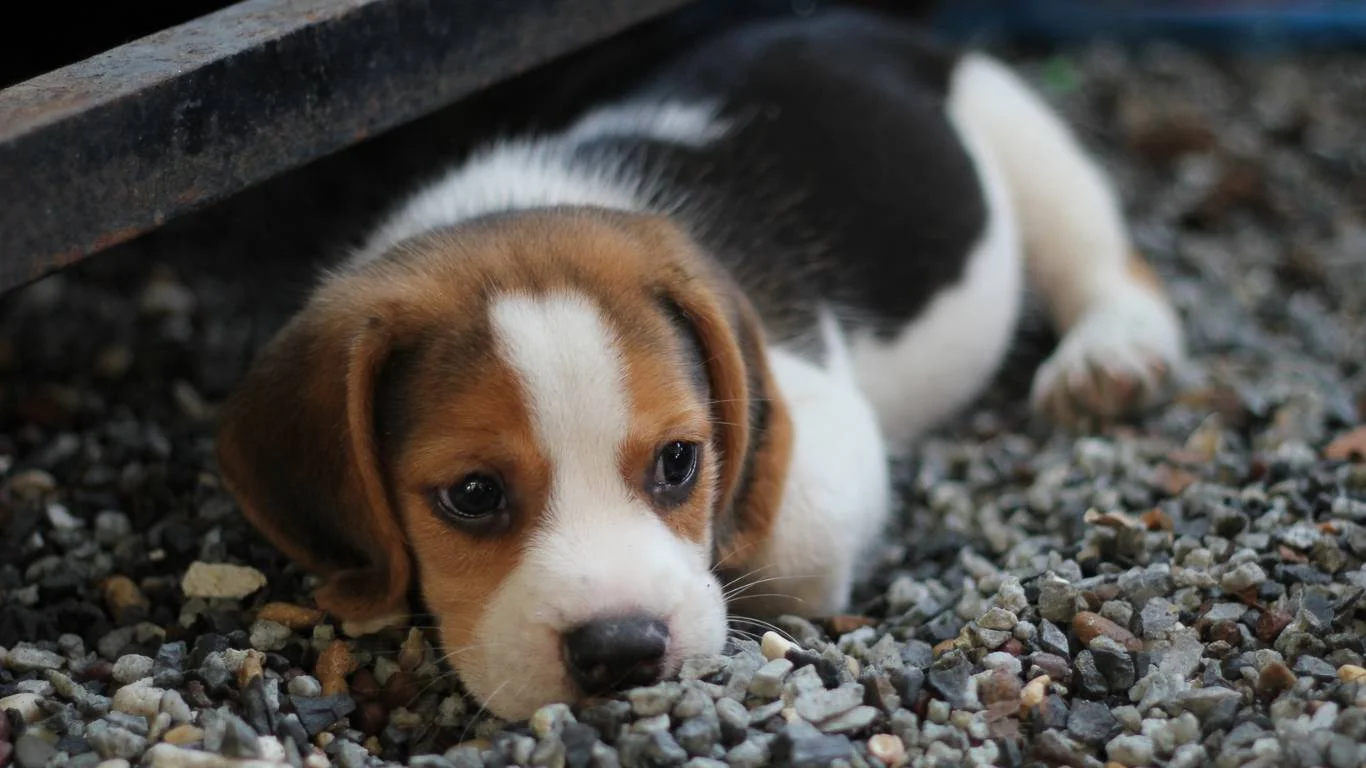
As tempting as it is to micromanage every interaction, over-intervening can backfire. Dogs need to establish their own social dynamics—within safe boundaries, of course. I always advise pet parents to learn dog body language. Knowing the difference between play growling and a real warning growl makes all the difference.
For example, I worked with a family who kept breaking up every growl between their dogs, thinking it was aggression. Turns out, the older dog was just setting polite boundaries. Once they stepped back a bit and let things unfold (with supervision), the tension eased up and the dogs figured each other out.
Situations Where You Should Step In
- One dog is clearly scared or overwhelmed – Look for tucked tails, flattened ears, or escape attempts.
- Snarling escalates to snapping – That’s a sign it’s gone too far and needs redirecting immediately.
- The puppy won’t take a hint – Persistent pestering, especially when the older dog is trying to retreat, should be stopped with redirection or time-outs.
But minor corrections—like growls, body blocking, or walking away—are part of dog communication. You’re there to guide, not helicopter-parent every second.
Supporting Your Older Dog’s Emotional Wellbeing
This is the part that often gets overlooked. Your older dog isn’t just adjusting behaviorally—they’re adjusting emotionally. Some experience grief, others anxiety, and a few might even go through a mild canine depression. Yep, that’s a real thing. I’ve seen it firsthand, and it’s heartbreaking if left unchecked.
Think about how much has changed for them. They might have gone from being your only “baby” to suddenly sharing everything—space, toys, and attention. Show them that they still matter. A little reassurance goes a long way.
Simple Ways to Boost Their Confidence and Happiness
- One-on-one outings – A car ride, a solo walk, or just a backyard fetch session can do wonders.
- New toys or chews – Not the same ones the puppy gets! Let them have something special.
- Touch and talk – Your voice and hands are powerful. Daily calm petting sessions can lower stress in dogs.
And here’s the thing—dogs read your emotions better than we realize. If you’re stressed, frustrated, or impatient about the situation, they’ll mirror it. So breathe. Relax. Give yourself grace in the process too.
Final Thoughts: It’s a Journey, Not a Race
There’s no one-size-fits-all timeline when it comes to helping your dog cope with a new puppy. Some adjust in days, others take weeks or even months. I’ve helped families where things clicked in a weekend and others where it was a slow-burn six-month process. And both are totally okay.
The key is consistency, patience, and a whole lot of love. Keep showing up for your older dog while gently guiding your puppy’s behavior. Over time, with the right environment, they’ll learn not just to tolerate each other—but maybe even enjoy the companionship.
Helpful Resources Worth Bookmarking:
- American Kennel Club (AKC) – Tons of behavior and training info for multi-dog homes.
- PetMD – Great articles on canine mental health and behavior changes.
- Health.com – For human stress management (because let’s be real, this transition affects you, too).
Disclaimer:
This article is based on personal experience and professional insights from my time as a veterinary assistant with a nutrition focus. It’s intended for general guidance only and should not replace personalized veterinary advice. If you’re seeing persistent behavior problems or signs of distress in either dog, please consult with a certified veterinary behaviorist or your primary vet for tailored support.
